Product Overview
The MAX30102 Pulse Oximeter Heart Rate Sensor Module is a compact, high-performance sensor optimized for accurate heart rate and blood oxygen (SpO2) monitoring. It integrates red and infrared LEDs, a sensitive photodetector, low-noise analog signal processing, and optimized optics to deliver reliable physiological measurements for wearable and medical applications.
Key Features
- Dual-LED Configuration: Red (660nm) and infrared (940nm) LEDs provide the optical basis for accurate SpO2 and heart rate sensing.
- Integrated Photodetector: High-sensitivity photodiode detects reflected light from blood vessels for consistent pulse detection.
- Optimized Optics and Signal Processing: Improved signal-to-noise ratio for stable readings in varying conditions, including motion-prone environments.
- Low Power Operation: Efficient power management and configurable LED currents extend battery life in wearables and portable monitors.
- Digital I2C Interface: Standard I2C communication (up to 400 kHz) makes the module easy to integrate with Arduino, Raspberry Pi, ESP32 and other microcontrollers.
- Flexible Performance: Adjustable sampling rates and LED drive currents allow tuning for responsiveness, accuracy and power efficiency.
- Compact Size: Small footprint and low weight for integration into smartwatches, fitness bands, IoT health nodes and medical instruments.
- Real-Time Monitoring: Provides continuous heart rate and SpO2 data suitable for health monitoring, fitness tracking and clinical prototypes.
Technical Specifications
- Sensor type: Heart rate and SpO2 pulse oximeter module
- LED wavelengths: Red 660 nm, Infrared 940 nm
- Power supply: 3.3 V to 5 V DC
- Interface: I2C (supports up to 400 kHz)
- Operating temperature: -40°C to +85°C
- Dimensions: Compact module form factor for easy integration
- Configurable: Sampling rate and LED current adjustable via registers
Applications
- Wearable devices: heart rate and SpO2 monitoring in smartwatches and fitness trackers
- Health monitoring: continuous patient monitoring in home and clinical environments
- Sports and fitness: performance tracking and recovery monitoring for athletes
- IoT healthcare: remote patient monitoring and telemedicine sensor nodes
- Medical instruments: integration into pulse oximeters and diagnostic devices
Integration and Implementation Tips
Power and Connections
- Supply the module with 3.3 V to 5 V DC and ensure a stable power source to minimize noise.
- Use pull-up resistors on SDA and SCL if they are not already provided on your development board.
I2C Communication
- Connect to the microcontroller using the I2C lines (SDA, SCL). The module supports clock rates up to 400 kHz.
- Confirm the module address in your driver/library and avoid address conflicts on the bus.
Performance Tuning
- Adjust LED drive current to balance between signal strength and power consumption.
- Set sampling rates appropriate for your application: higher rates for faster response, lower rates for reduced power use.
- Implement basic filtering and motion artifact reduction in software for more stable readings in wearables.
Why Choose the MAX30102 Module
The MAX30102 module is a proven choice for developers building accurate, low-power heart rate and SpO2 solutions. Its combination of dual-wavelength sensing, optimized optics, and a digital I2C interface speeds up development and reduces integration complexity. Whether you are prototyping a wearable, adding health monitoring to an IoT device, or designing medical-grade instruments, the MAX30102 delivers reliable performance and flexibility.
Getting Started
- Install a compatible library for the MAX30102 on your platform (Arduino, Raspberry Pi, or other MCU).
- Connect power, ground, SDA and SCL lines and verify the sensor responds on the I2C bus.
- Start with recommended LED current and sample rate settings from the library examples, then tune for accuracy and power.
Note: Images are for illustration purposes only.

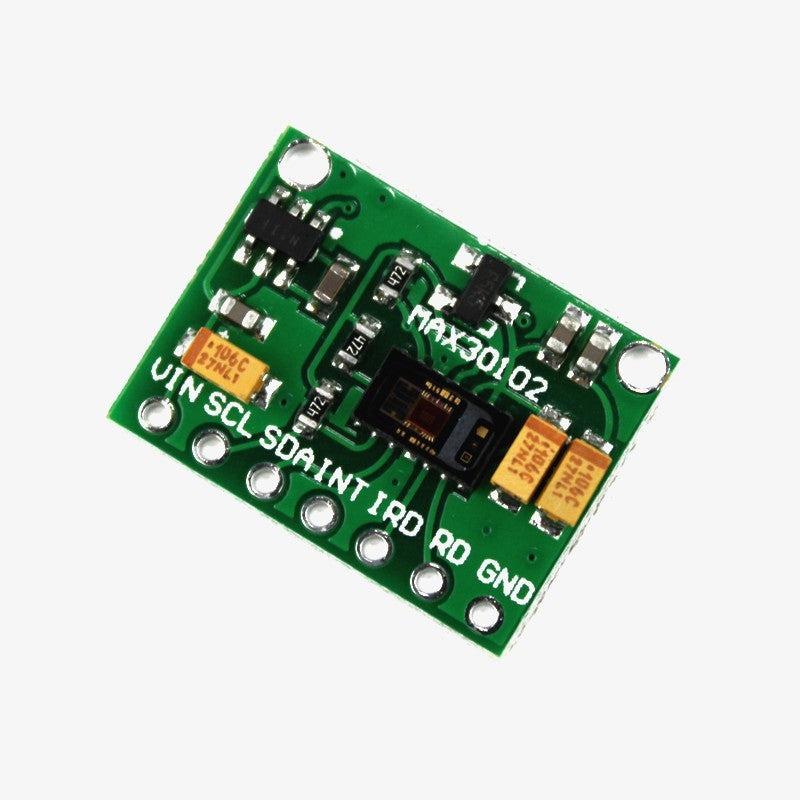
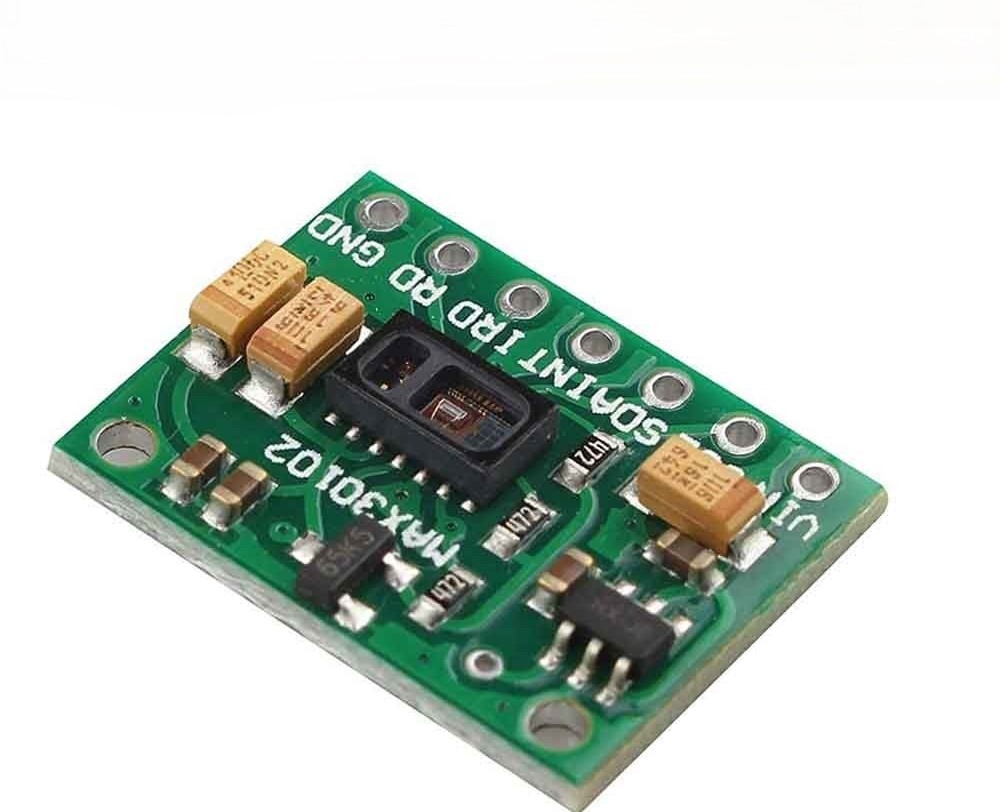
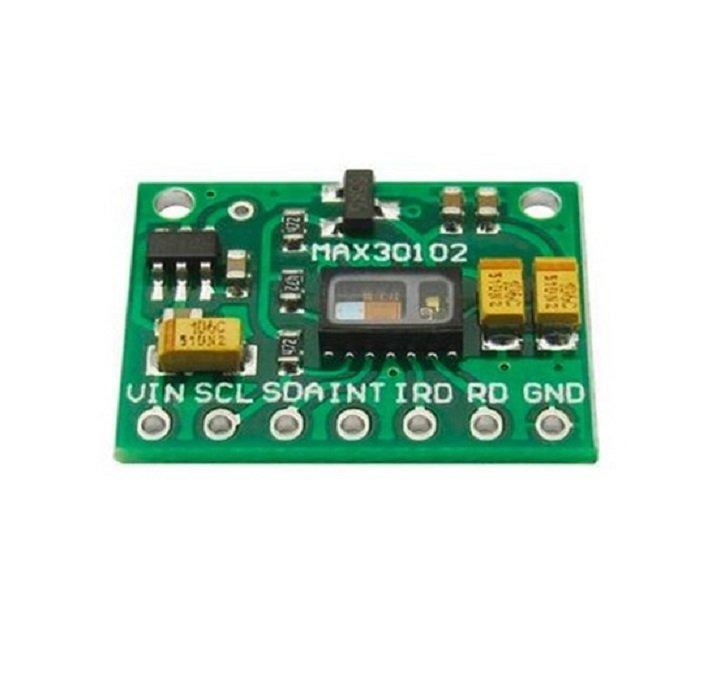



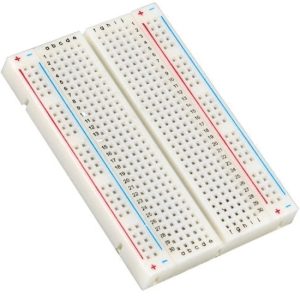
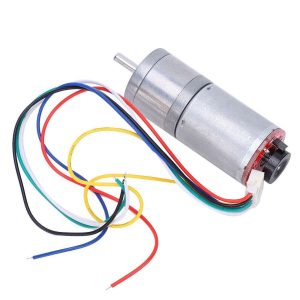

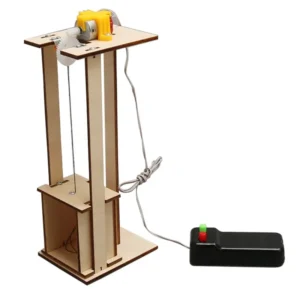
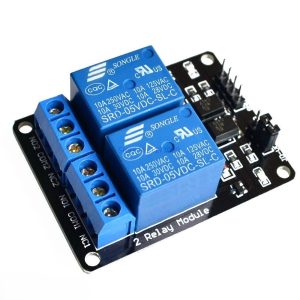
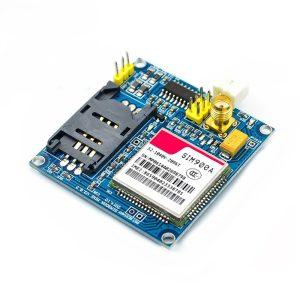
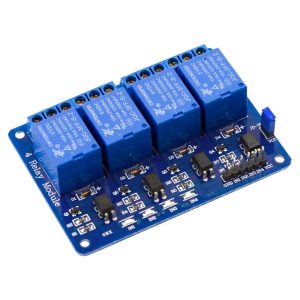
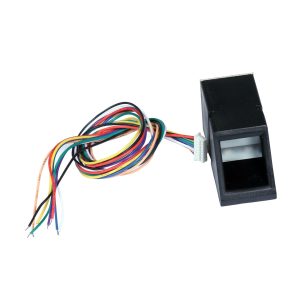

Reviews
There are no reviews yet